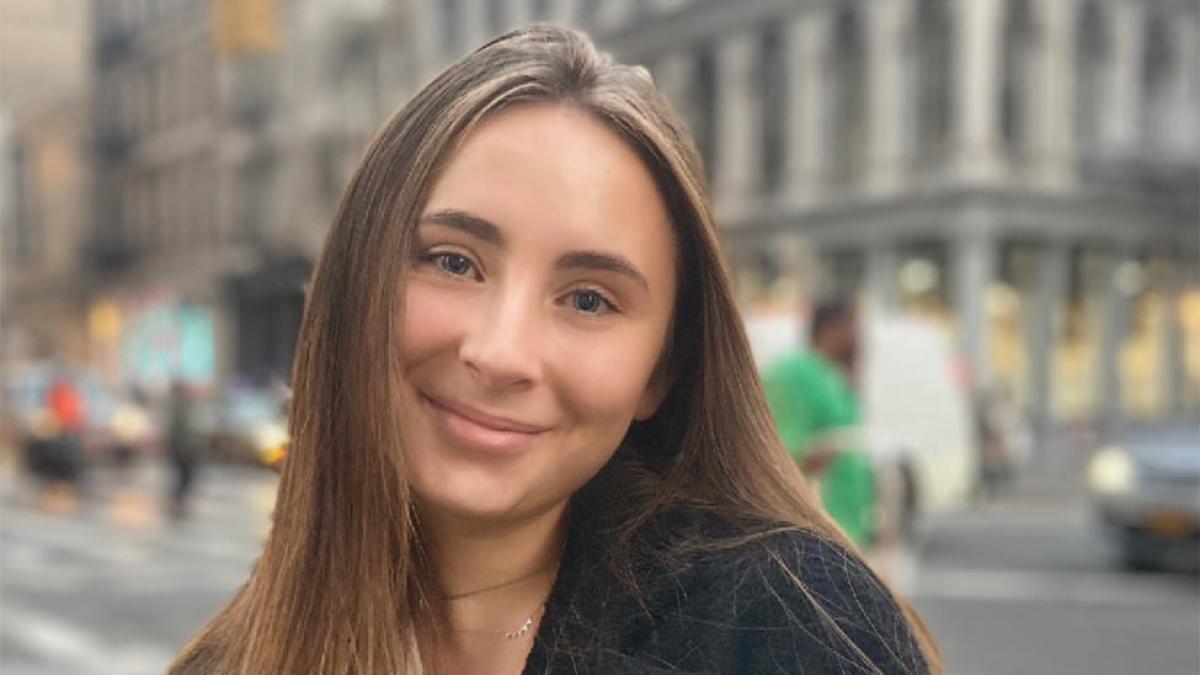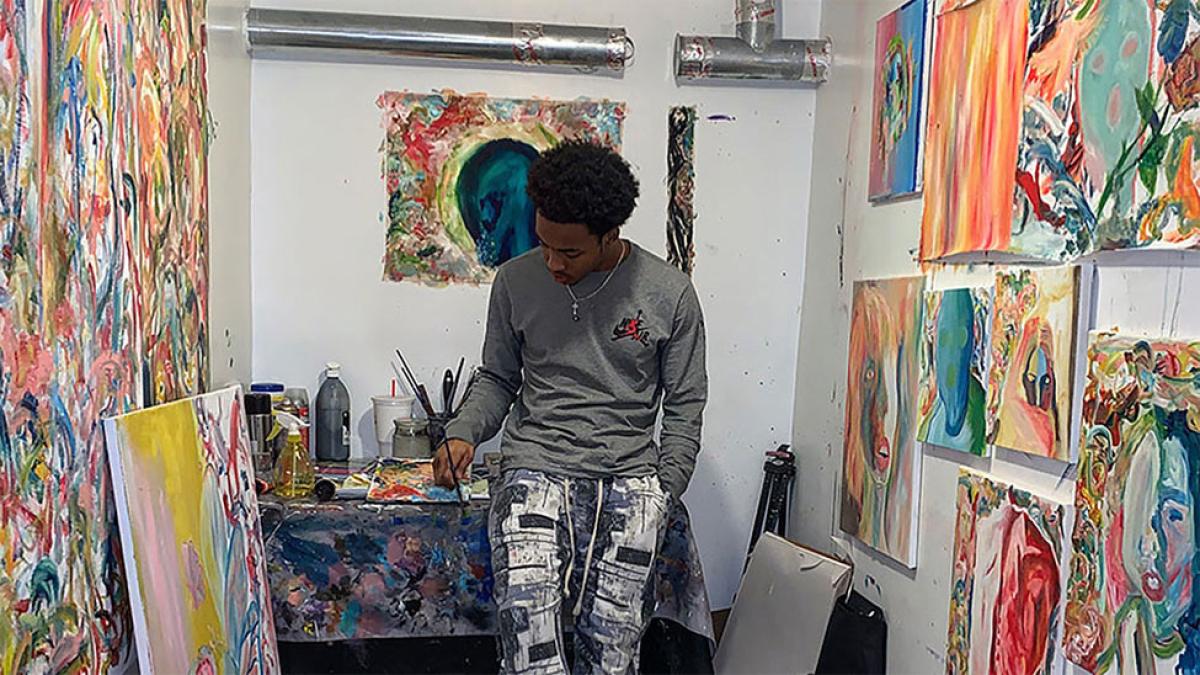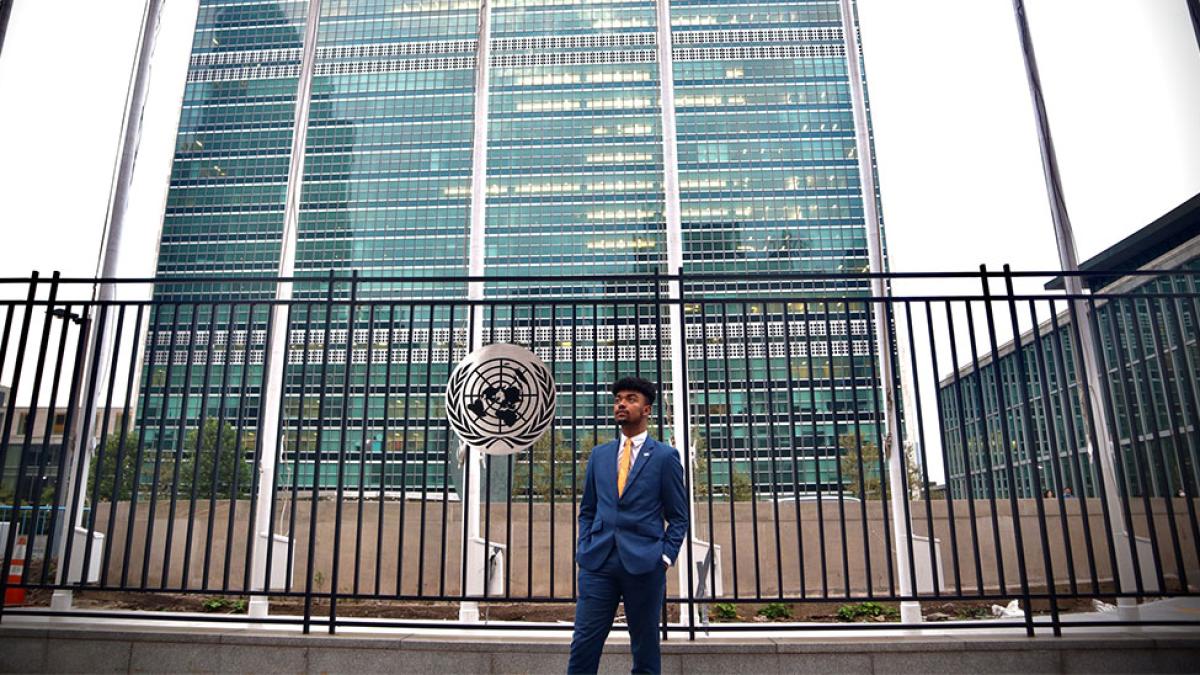Studying in New York City has always been a dream of Maud-Amelie’s. We talked to her about her time at Pace and how the relationships she has been building here have impacted her studies.
Finance for the Big Picture

In his new finance class, Finance and Society, Lubin Professor PV Viswanath seeks to educate future finance professionals about the role of finance in society and how it can have serious impact on the lives of disadvantaged groups. In fact, Finance and Society was designed to specifically address the connections between the world of finance and the world that we live in.
“Our students learn about financial engineering and securitization and the various ways in which they can exploit profit opportunities. At the same time, the actions of finance professionals have been contributing to wealth and income inequalities,” says PV Viswanath, PhD, professor and chair of graduate programs in the Department of Finance and Economics.
This forward-thinking course could not have been developed at a better time, as the disconnect between perception and reality can be quite stark. In fact, in a tweet that recently went viral, Wharton business professor Nina Strohminger shared that when she asked her business students what they thought the average American worker makes per year, 25% of her students thought it was over six figures. Reality check: the average American worker makes $45,000 a year.
What causes this disconnect? How do up-and-coming business students marry together the idea of finance and its impact on individuals and disadvantaged groups?
“In this course, I take students on a journey through the historical development of financial markets,” explains Viswanath. “Through the political economy of finance, through the ethical issues encountered, through how different faith traditions deal with concepts such as usury and risk-taking, through collaborative finance, through the excessive financialization of our economy, through climate change and finance and through many other seldom-travelled paths.”
“In this course, I take students on a journey through the historical development of financial markets.”
For Viswanath, understanding finance’s influence on the world around us means examining how financial legislation is passed and taking a thoughtful look at the sometimes-discriminatory way in which financial markets affect disadvantaged groups, inadvertently leading well-meaning individuals to add to the problems of our society.
Students enrolled in the course also had the opportunity to take what they were learning in the classroom and apply those concepts in collaboration with two New York City-based nonprofits—the New York City Economic Development Corporation (NYCEDC) and The Financial Gym (TFG), an organization aimed at helping people improve their financial health through better financial habits.
“For the Financial Gym, the students researched the financial literacy and the financial health of Americas,” says Viswanath. “At NYCEDC, the students identified ways in which the nonprofit could better help real estate projects in the city to create good jobs and drive growth.”
The opportunity for students to work with local organizations was a win-win situation. Not only did the students help these organizations achieve their goals, but they also personally benefited by getting a glimpse into how finance can be used as a force for economic good. As Thanh Doan ’21, one of the students in the course put it, “(working on the project) enabled me to gain insights into how economic development programs operate” and “the incentives provided to private developers (to) aid struggling communities.”
Another student, Su Pyai Naing ‘23 said that the course provided “a valuable experience as I learned how funding groups in the city navigate and coming up with ways these groups could cooperate.”
Ultimately, the civic engagement projects attained their goal, which was—in Su’s words—to give students a “first-hand experience in understanding how finance relates to society.”
More from Pace
Alexander Romans ’21 only started painting last summer, but he’s already taking the art world by storm. Known as Harris-Lee Rose, he’s been featured in art exhibitions both locally and internationally, and he’s even posting videos of his late-night painting sessions.
Jeremiah Williams ‘23 has always been a talker. From his high school debate team to addressing the United Nations First Committee, Jeremiah recognizes the power of speaking up when it counts.


